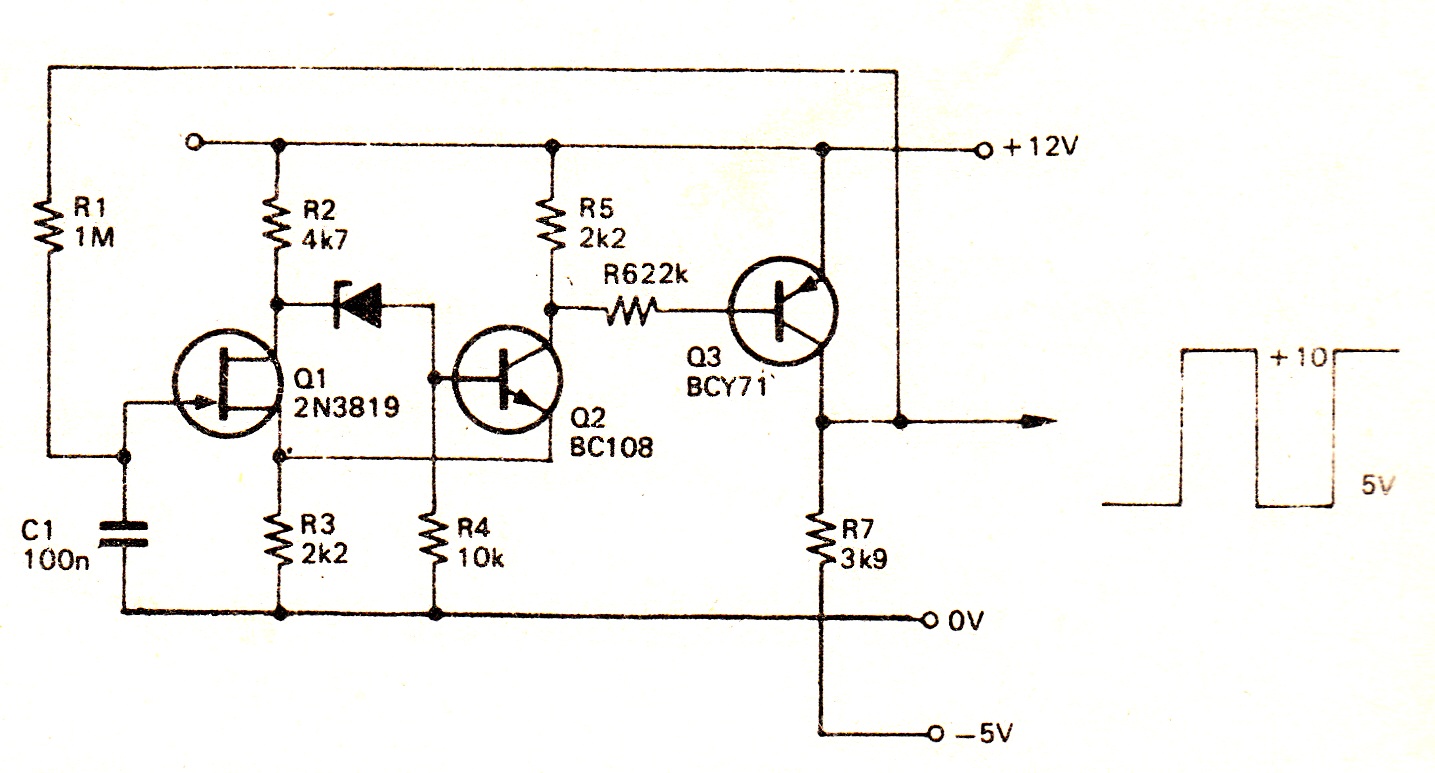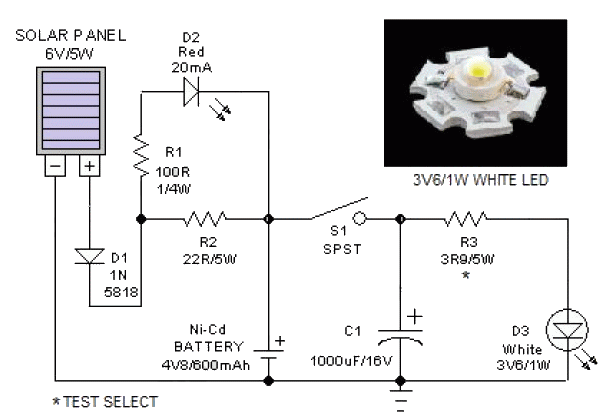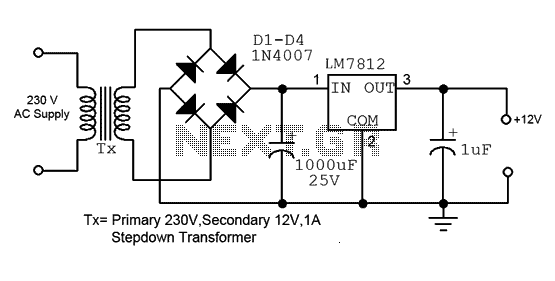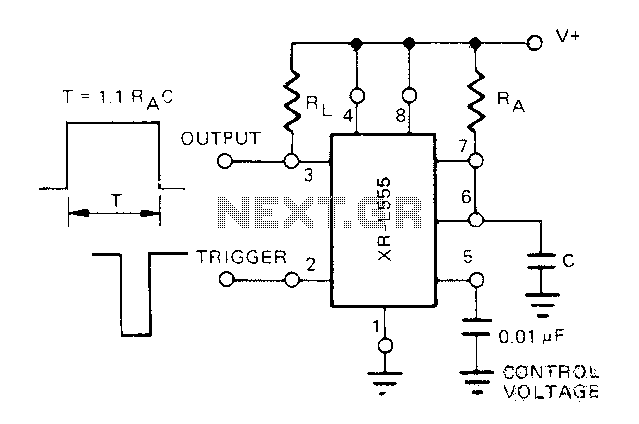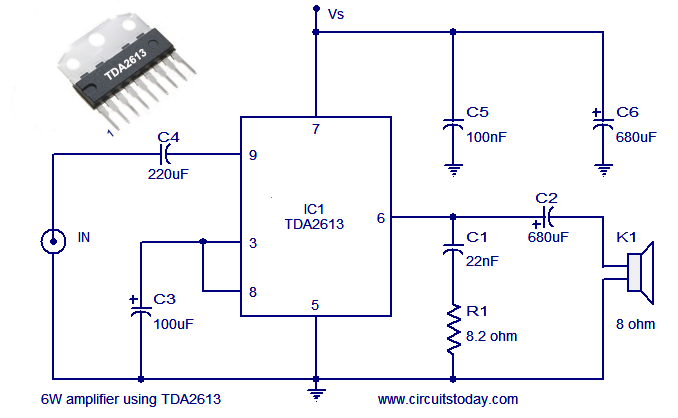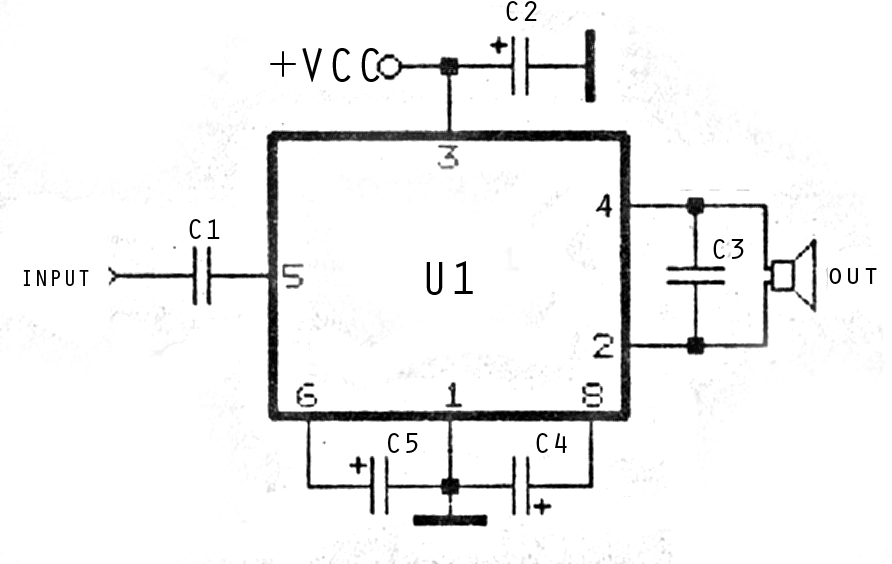
Stable Filament Power Supply Circuit
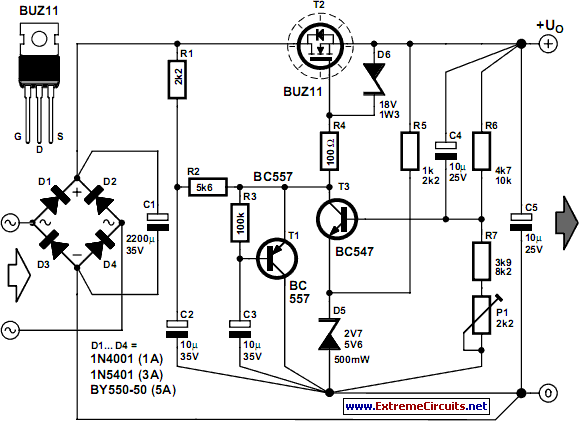
The circuit diagram illustrates a voltage regulator designed from discrete components to meet specific voltage requirements. It provides two sets of component values for output voltages of 6.3 V (upper) and 12.6 V (lower). The components used include BC547 and BC557 transistors, a diode, a preset resistor, capacitors, and other resistors.
The voltage regulator circuit is constructed using two main types of bipolar junction transistors (BJTs): the BC547, which is an NPN transistor, and the BC557, which is a PNP transistor. These transistors are utilized to regulate the output voltage efficiently. The circuit is designed to handle two distinct output levels: 6.3 V and 12.6 V, which can be achieved by adjusting the component values accordingly.
The diode in the circuit serves a crucial role in protecting the transistors from reverse voltage, ensuring reliable operation. The use of a preset resistor allows for fine-tuning of the output voltage, providing flexibility in the regulation process. Capacitors are included in the design to filter out noise and stabilize the voltage output, enhancing the overall performance of the regulator.
Resistors are strategically placed to set the biasing conditions for the transistors, ensuring they operate within their optimal regions. The combination of these components creates a robust voltage regulation system capable of delivering stable output voltages for various applications in electronic circuits. The schematic provides a clear representation of the connections and values necessary to achieve the desired performance, making it a valuable reference for engineers and hobbyists alike.The Circuit Diagram shows a voltage regulator meeting these requirements that is built from discrete components. The two sets of component values are for a voltage of 6. 3 V (upper) and 12. 6 V (lower). Component: BC547 and BC557 Transistor, Diode, Preset, Capacitor, Resistor. [extremecircuits. net] 🔗 External reference
The voltage regulator circuit is constructed using two main types of bipolar junction transistors (BJTs): the BC547, which is an NPN transistor, and the BC557, which is a PNP transistor. These transistors are utilized to regulate the output voltage efficiently. The circuit is designed to handle two distinct output levels: 6.3 V and 12.6 V, which can be achieved by adjusting the component values accordingly.
The diode in the circuit serves a crucial role in protecting the transistors from reverse voltage, ensuring reliable operation. The use of a preset resistor allows for fine-tuning of the output voltage, providing flexibility in the regulation process. Capacitors are included in the design to filter out noise and stabilize the voltage output, enhancing the overall performance of the regulator.
Resistors are strategically placed to set the biasing conditions for the transistors, ensuring they operate within their optimal regions. The combination of these components creates a robust voltage regulation system capable of delivering stable output voltages for various applications in electronic circuits. The schematic provides a clear representation of the connections and values necessary to achieve the desired performance, making it a valuable reference for engineers and hobbyists alike.The Circuit Diagram shows a voltage regulator meeting these requirements that is built from discrete components. The two sets of component values are for a voltage of 6. 3 V (upper) and 12. 6 V (lower). Component: BC547 and BC557 Transistor, Diode, Preset, Capacitor, Resistor. [extremecircuits. net] 🔗 External reference
